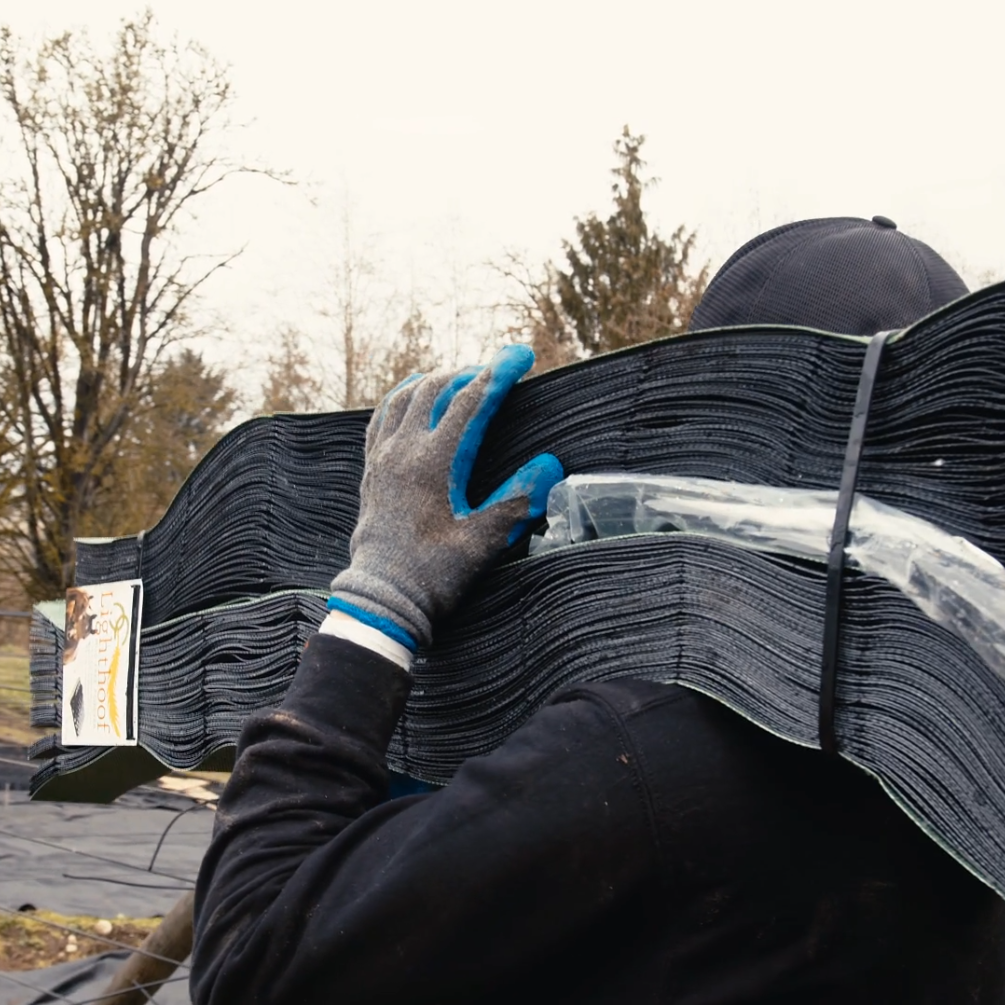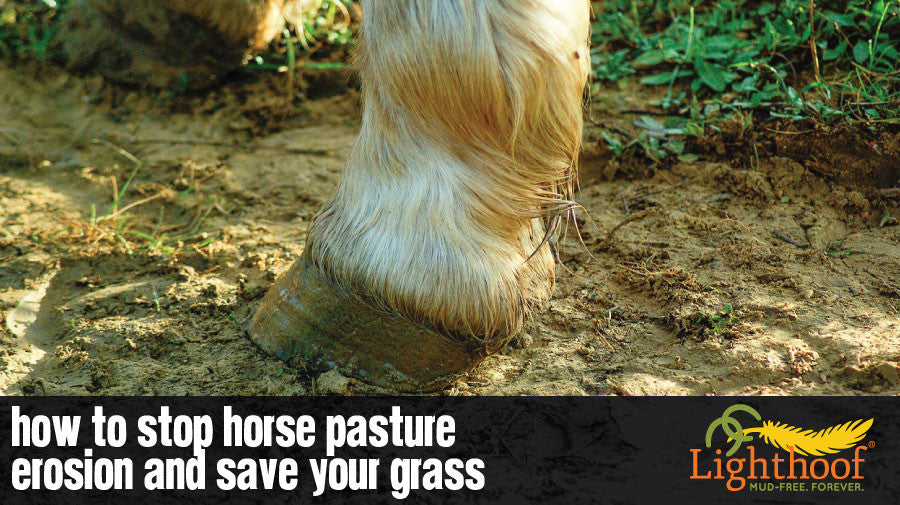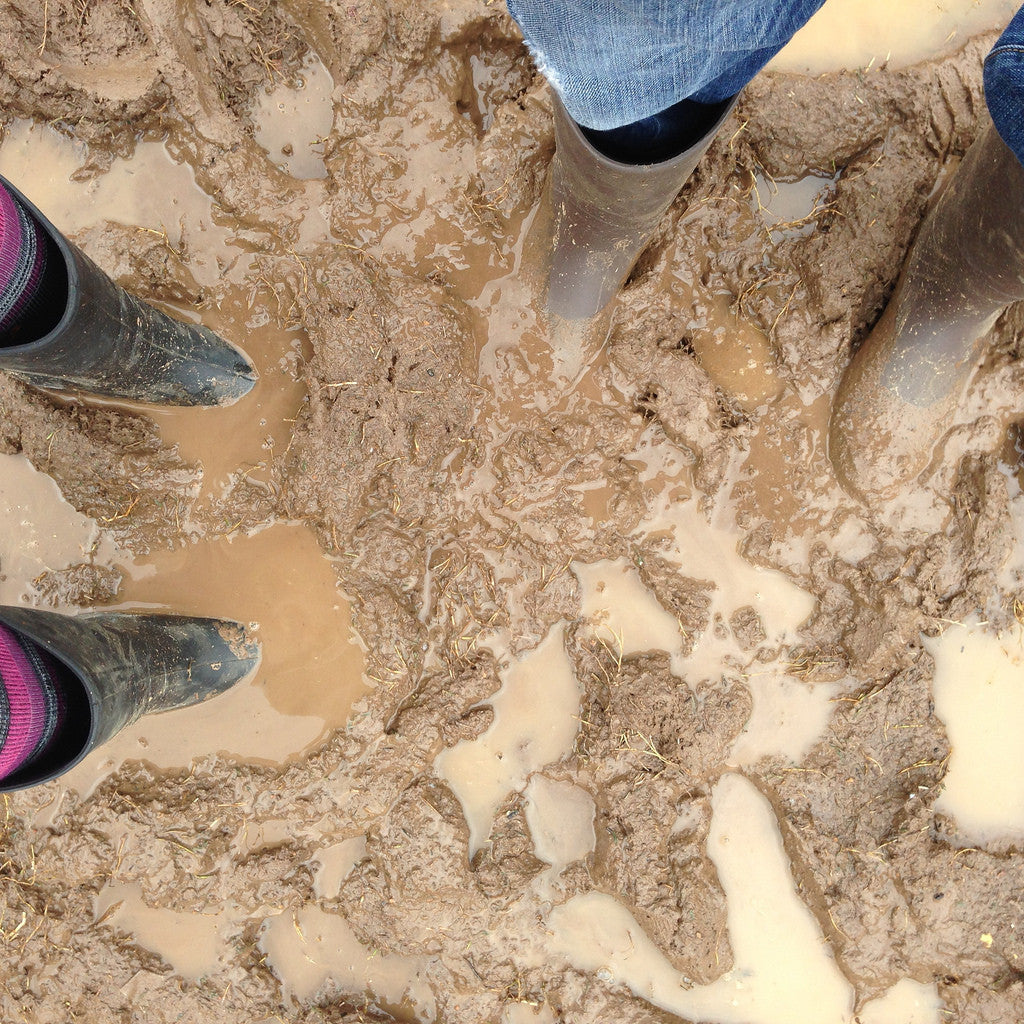It’s a dream of almost every equestrian: bringing your horses home. Whether you’ve already done so, and want to improve your property, or you’re getting ready to build a new facility, we have some thoughts to consider as you build your list of “must haves” and “want to haves”.
If your property is in an area that experiences a cold winter, there are many things to add to your list when it comes to stable winterization. Building a barn that can hold up to a harsh winter, as well as the hot temperatures of summer or significant amounts of rainfall is a challenge, but it can be done with proper preparation.
The decision to build a barn is no small undertaking, as there are many decisions to be made before ground is even broken. We’ll break down a small list of things to bear in mind when you are making plans to build your dream barn in this blog.
Location
Job one before you begin stable construction is to ensure that your property is within the property laws for your city and/or county. Different zoning requirements can be found across the country, so be sure that you are well-versed in any requirements for your property before you build. Believe us when we say that if you run afoul of local ordinances, they can and often will make you tear it down and start over!
Next, think of the layout of your farm: in what direction does the wind blow in summer? In winter? How is the drainage? Ask yourself these topographical questions before deciding on a building site. There is not much worse than having a permanent building in a terrible location, where the wind constantly howls and stirs up dust and where water stands instead of running off. In colder weather, it’s important to know about winterizing a barn, and building a barn in the best possible location is a great way to start.
Design
Regardless of climate, ventilation is key to horse health, they require multiple more air exchanges per hour than do humans to maintain respiratory health. In northern locations, look at center aisle barns that can have the ends shut with rolling doors, to keep the wind from howling down the aisle in winter (but leave an air gap at the eaves for horse health). Southern locations frequently see shedrow styles to maximize heat escape, while desert locations often break it down further into mare-motel style setups that are more or less corral panel stalls under a shady roof.
Our best advice as to layout is a variation on “measure twice, cut once”. We recommend staking out your proposed layout, then walking your routine and thinking about how many steps it takes to feed, muck, tack up, wash, doctor, etc. Then adjust, and walk again. Repeat until you feel like you’ve really figured out what life will be like with your new or renovated barn. In this process, you should consider the amount of traffic your barn will see: do you need easy access to an arena? How many stalls do you anticipate needing (and how many horses can your property sustain)? What type of surface do you want in your aisles - dirt, rubber mats, concrete? Where will the vet and farrier set up?
If you live in colder climates, building for winter can be a hefty challenge. You’ll do a lot of research on the best way to heat a barn as you make your building plans. Looking into proper insulation will go a long way as you design your barn to withstand even the coldest of winters.
Strength, Safety and Building Codes
It’s a little-considered fact that most building codes in the U.S. only demand “agricultural” grade strength. This is what leads to indoor arenas and barns collapsing under heavy snow loads, blowing away in hurricanes, or going up in flames. After all, horses aren’t human, and the codes don’t care as much if they are hurt or killed. We as owners do though! So ask the tough questions of your builder on how strong the building is for your local weather needs. And, put all wiring in metal conduit, and use only agricultural/sealed motor fans for fire safety.
(By the way, our friends at MDBarnmaster build an extraordinarily safe barn. You can find more information about them here.)
What’s This Going to Cost Me?
Of course, we all aren’t made of money, so the responsible farm owner must keep his checkbook closely monitored as the cost of building a barn becomes a reality. Not only must you try to conserve cost during the planning and building stages, you must also consider the cost of upkeep once the barn is standing.
Find ways to make your water usage more efficient, especially in drier climates where water may be limited or more costly. Do your research on bedding for the stalls and for proper airflow to cut down on cost for shavings and electricity. The better thought out your barn is, the more your bank account will thank you down the road!
What’s Underfoot
Another thing to consider is the maintenance of the footing in any paddocks that may adjoin your barn or be used on the property. Investing in a long-lasting tool to keep your paddocks or pastures looking pristine and mud-free will go a long way to protect your buildings - after all, too much mud and erosion near the foundation of a building can be disastrous in the future. For that reason, Lighthoof Equine Mud Management is here to help with resources for mud control at your new facility.
When it comes to the foundation and base of your building, erosion or undercutting around beams and posts can cause serious risk to the integrity of your structure. Installing Lighthoof panels near the footprint of the structure will protect from soil erosion, base slippage and even prevent wood rot in areas that hold moisture due to poor mud-management. If you’re in a climate where freezing takes place frequently in colder seasons, the expansion and contraction as mud freezes and thaws adds risk to concrete and building foundation. Lifghthoof creates a firm, smooth surface with outstanding traction that will flex slightly during freeze and thaw cycles to prevent heaving and cracking to your foundation and building construction.
The Lighthoof panels are also outstanding at keeping stalls and aisles level despite the best attempts of pavers, with or without mats on top. Concrete aisles are super for keeping things clean, but it can cause safety issues with slip-and-fall risk, especially for shod horses, so the alternate of Lighthoof panels may be something you’re interested in.





Leave a comment
This site is protected by hCaptcha and the hCaptcha Privacy Policy and Terms of Service apply.